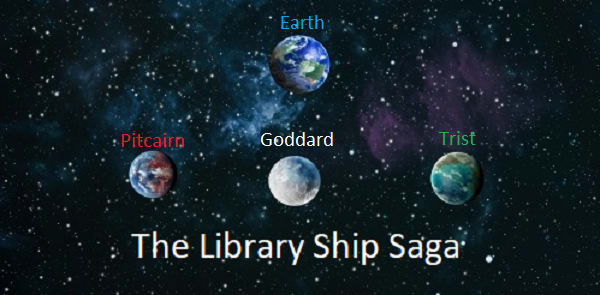Background
With no sentient life of their own, these were planets ripe for the taking, so colony ships followed the probes. They were huge ships, each carrying more than a hundred colonists. The voyage to Alpha Centauri took a grueling five years, but Tau Ceti and Epsilon Eridani, each about twelve light years from Earth, took much longer. By the start of the twenty-second century, however, all three colonies were established.
Two hundred years later, the Epsilon Eridani and Alpha Centauri colonies struggled on planets marginally fit for humans. The Pitcairn colony orbiting Tau Ceti fared better. Despite receiving new colonists and supplies only every twenty years, it grew and even thrived, a quiet planet where a few thousand people could live in peace.
A new supply ship is coming to Pitcairn. The colonists eagerly prepare for another rare contact with the mother world, but they have questions, too. This ship is different, and that difference will change their world and human civilization. It began with “A Ship from Earth.”
